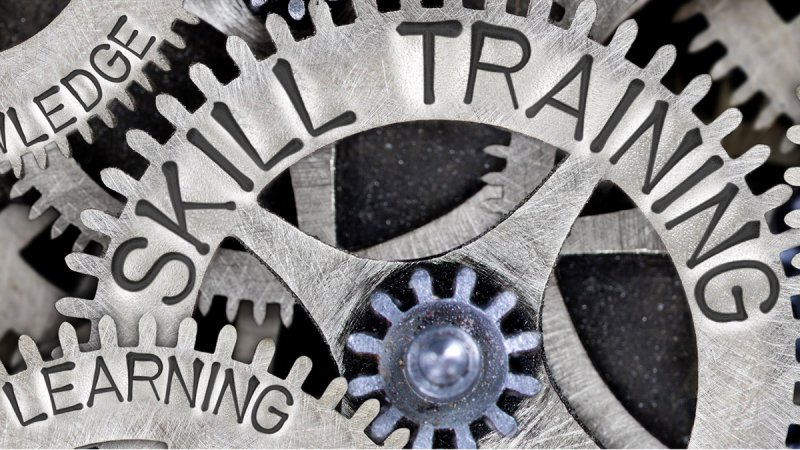Manual handling might not seem like a high risk worry for people in the workplace. This is because when the task in hand is something as straightforward as picking something up, it can seem tedious to look into how you’re doing it, and instead you just crack on with it to get it done – but it is this attitude that causes people trouble as it’s actually one of the most common causes of workplace injuries. The importance of safe manual handling techniques can mean the difference between a productive day at work or being off with a bad back – all the more reason to attend manual handling training.
Manual handling is an everyday task in most workplaces, whether you are stacking shelves, filing paperwork, or bricklaying. Whatever your job, goods and materials, tools and equipment, all have to be moved, lifted and carried each and every day.
While work involving heavy manual labour such as construction work is higher risk, it is not always what you carry but how you carry that matters. Awkward postures and poor lifting techniques will all increase the risk of injury during manual handling tasks. Knowing these risks really can determine the health of your workforce, and consequently the overall health of your business.

Why is it Needed?
Employers have a legal obligation under the Manual Handling Operations Regulations of 1992 to carry out a sufficient risk assessment of the various manual handling tasks their employees are faced with. This is a legal requirement and the regulations must be complied with.
Looking after your employees is one thing, but providing them with training in manual handling means that you can make sure they know how to best look after themselves too. Various training out there can increase understanding of manual handling risks, teach employees how to recognise risks, and from there they can learn how to spot when to use equipment to help them avoid any injury to themselves.
Training Content
Practical exercises and group work tend to be the training techniques to expect, which then improves general workforce relationships even more due to the shared responsibility for everyone’s safety.
Safe manual handling techniques tend to focus on the way someone lifts something – bent legs, straight back, and having the load close to your body all mean you can avoid straining the back muscles.
However, safe manual handling should not stop there, which is exactly why training can reduce the chances of people injuring themselves through the basic manual handling tasks they do every day.


